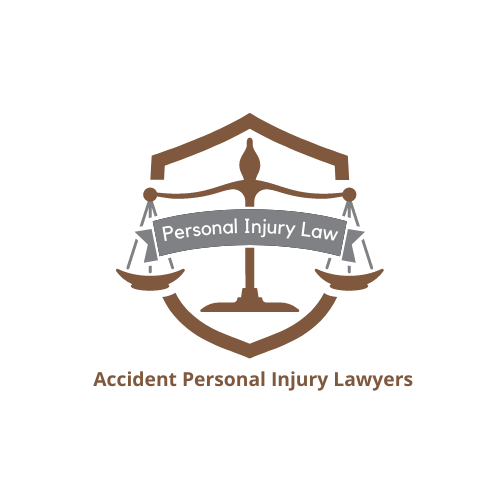With the first snowfall of the season due to arrive any day now, it\’s important to remind pedestrians of their rights if they are injured in a slip and fall on an icy sidewalk, Rochester personal injury lawyer Scott C. Gottlieb says.
\”The Rochester City Code places responsibility on property owners and first-floor tenants to keep sidewalks adjoining their property free and clear from snow and ice,\” Gottlieb says.
\”If you are injured in a slip and fall on a snowy or icy patch of sidewalk, that means you may be able to hold the property owner or first-floor tenant accountable for your injuries and losses, which could include medical expenses, lost income and pain and suffering,\” he says.
Gottlieb\’s law firm, Scott C. Gottlieb, Injury Law Attorney, represents the victims of slip and fall accidents throughout New York\’s Upstate Region, which traditionally sees one of the longest and snowiest winter weather seasons in the country.
According to WHEC.com, the first snow of the season in Rochester has fallen between the dates of November 8-20 seven times in the last 10 years. The National Climatic Data Center shows that Rochester averages 92.3 inches of snow per year, with 7.5 inches in November.
Under Section 104-11 of the Rochester City Code, the ground-floor occupant and owner of a building or lot cannot allow snow or ice to collect or remain on sidewalks adjoining the property past 9 a.m. if the snow fell the previous night after 8 p.m. If the snow falls after 9 a.m., then it must be removed by 8 p.m. that evening.
Even when the snow is removed by city contractors or employees using plows, the occupant and owner have a duty to remove the remaining snow and ice, according to the city code.
\”The law clearly defines the duty owed by the owner and occupant,\” Gottlieb says. \”Also, if you suffer a fall on a private walkway of a home or business, the owners or tenants may be responsible as well.\”
If you suffer a fall down injury on an icy or snowy sidewalk, Gottlieb encourages you to first attend to your health and, if possible, to collect as much information as you can at the scene of the accident. This would include obtaining the name and insurance information of the property owner or tenant and the names and contact information of any eyewitnesses.
He also says it is a good idea to get photographs using a camera, such as one found on a cell phone, because of the likelihood that evidence of the snow or ice could be easily removed.
\”All too often, people who are seriously injured in a slip and fall don\’t follow up on the accident,\” Gottlieb says. \”However, you should take steps right at the scene of the accident in order to protect your rights and interests.\”
